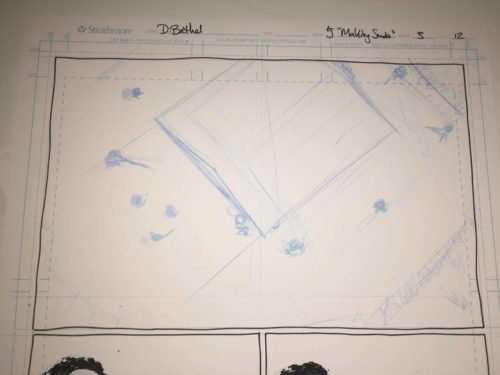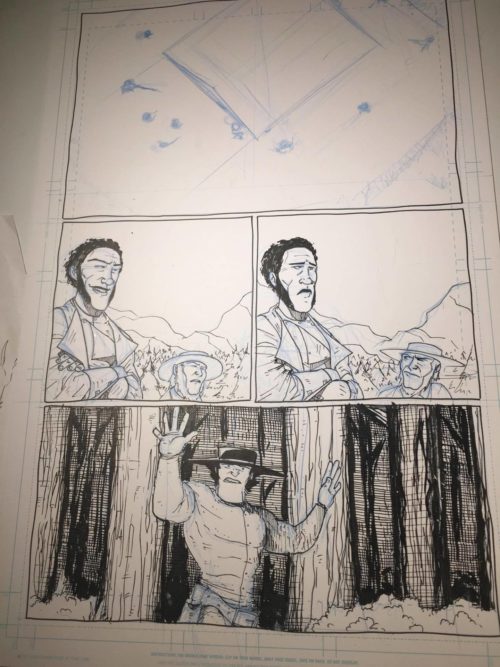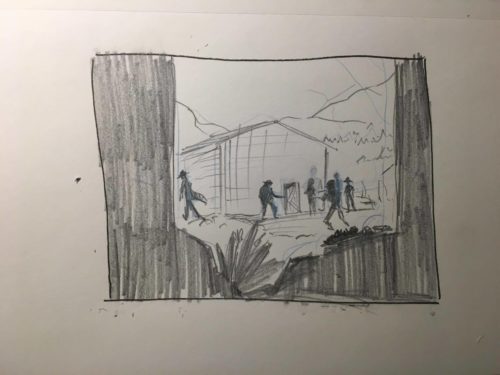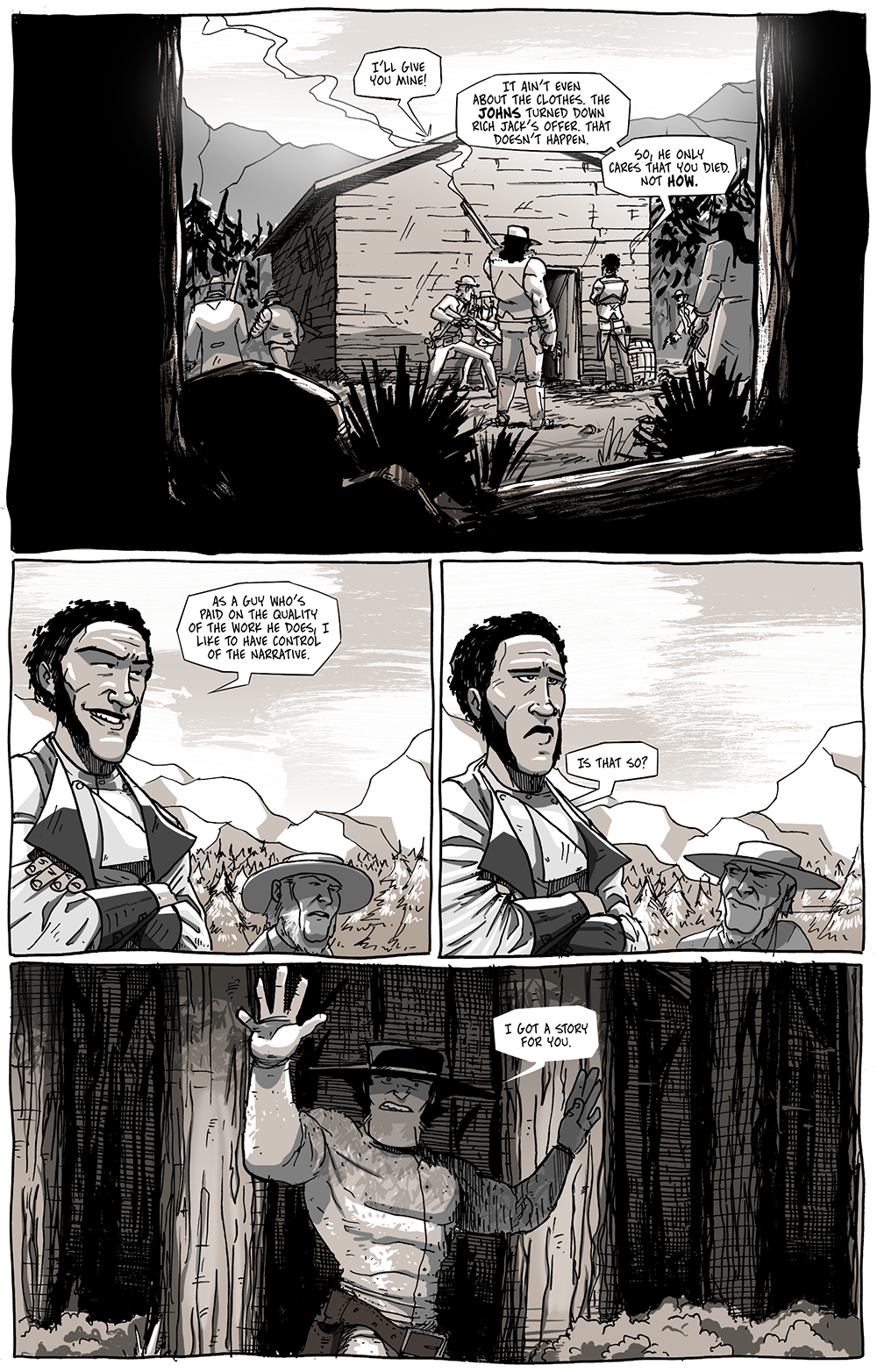Controlling the Narrative
Part of the sell of drawing requires you to have an ability to create a sense of depth on a two-dimensional surface. When looking at a drawing, some will surely look at the skill and techniques being used, but for most people the canvas or paper or screen ostensibly becomes a window in to a three-dimensional world (however fully realized that may be). But a drawing is just an optical illusion.
A trope of creating convincing fiction is creating a set of rules that allows the audience to create a “willing suspension of disbelief.” The rubric for that suspension is different for every person, but the idea is that a creator has the ability to come up with any amount of crazy, fantastical, farcical pieces of a premise, but there is an unseen line that, if crossed, will pull the stilts out from under the platform. So, the creator has an overall audience in mind (usually themselves), and builds their story and setting up to the edge of verisimilitude.
The thing is that people aren’t always looking for realism; instead, they’re looking for the realistic, even if the story follows no rules of modern science. This is how we are able to find emotional connections with the characters in something like The Incredibles (or its brilliant sequel) but not with the much more realistically portrayed characters in The Polar Express (for example). The characters in The Polar Express maybe looked real, but there’s something about their portrayal and animation (in this case, that is the problem, commonly called “the uncanny valley“) that isn’t realistic. Conversely, the characters in The Incredibles (and it’s sublime sequel) are hideously deformed from anything resembling an actual human being, but they are represented and animated and acted in a way to make them feel like realistic people with reactions and emotions and interactions that feel right.
Though that goes a bit deeper than a simple drawing, the premise is the same. The art of Long John strays far from realism. That’s partially on purpose as well as the fact that realism is not really within my stretch of talent anymore.
I feel I succeed most as an artist when the panels really feel like windows outside this hostile world in which Long John takes place. I don’t always hit the mark and, to be honest, the panels don’t always need to hit that mark. But when I do finish a panel and, to me, it really works in that sense, those moments really are the most energizing part of the process for me.
There’s a lot of visual depth in this page, from the foreground/midground/background obstacles in the first panel to the layered shadow of the final panel, this page challenged me at multiple points along the line, but nowhere near as much as the first panel.

The original first panel for this page. Boring.
Without spoiling anything, these next few pages are setting up a big scene and I really want things to be clear. In this case, I wanted people to know how Bishop’s posse is positioned around the cabin. Because I wanted it to be clear, I sacrificed good storytelling with the original layout.

I inked everything except the first panel, which is a good sign that something is off with that panel.
Opting for a bird’s eye shot showing that Bishop’s men were surrounding the cabin, it loses the sense of depth and visual clarity despite being technically clear. Also, this panel would be relatively easy to draw and ink, and I’m always looking for methods to cut corners. After a bit (as you can see, everything below the panel is inked), I realized I couldn’t stand how boring and flat the panel was. So, I decided to sketch an alternate layout before abandoning the original full bore.

A quick pencil sketch on printer paper, it automatically became much more dynamic and interesting even if it wasn’t as super-clear as the previous layout.
The question I asked was, “What do I need to show to make the surrounding of the cabin clear?” I realized I didn’t need to show where everybody was, but show that some people were heading behind the cabin would be enough to convey that information. The other main thing the original layout left out was Long John. While I did want his reappearance to be a bit of a surprise, I ignored the bit that most of this story is shown from his point of view (or very close to it). So, how could I show that Long John is in the woods and show that Bishop is having his posse surround the cabin.
From that, we got the finished layout and the finished page. Crafting panels is an agonizing process, as I’ve said before, but when you put the thought into it, it becomes completely worth it. Apparently, it’s hard to build and install windows, even if they’re meant to look on worlds that don’t exist.


Discussion ¬